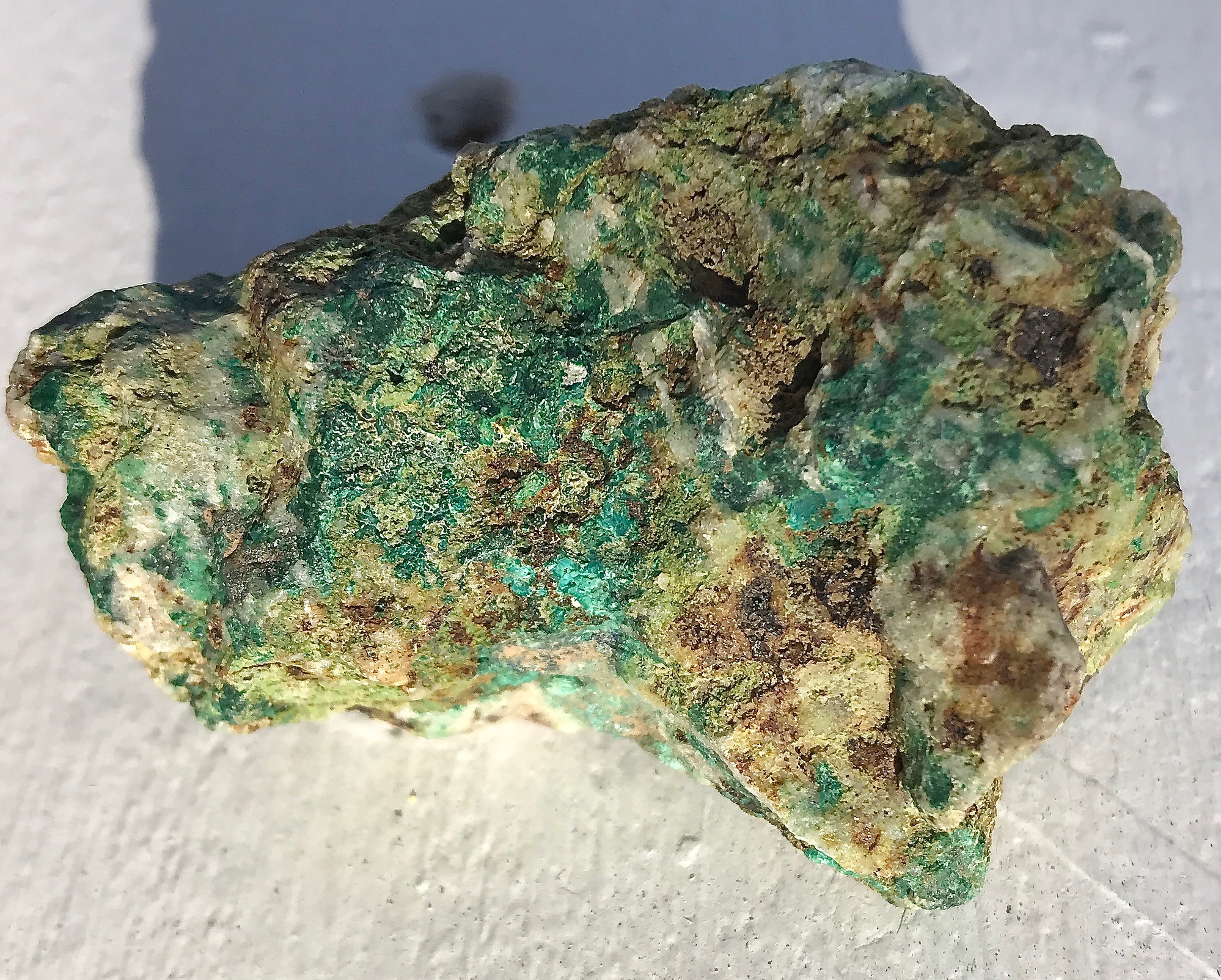Home PageAbout MindatThe Mindat ManualHistory of MindatCopyright StatusWho We AreContact UsAdvertise on Mindat
Donate to MindatCorporate SponsorshipSponsor a PageSponsored PagesMindat AdvertisersAdvertise on Mindat
Learning CenterWhat is a mineral?The most common minerals on earthInformation for EducatorsMindat ArticlesThe ElementsThe Rock H. Currier Digital LibraryGeologic Time
Minerals by PropertiesMinerals by ChemistryAdvanced Locality SearchRandom MineralRandom LocalitySearch by minIDLocalities Near MeSearch ArticlesSearch GlossaryMore Search Options
The Mindat ManualAdd a New PhotoRate PhotosLocality Edit ReportCoordinate Completion ReportAdd Glossary Item
Mining CompaniesStatisticsUsersMineral MuseumsClubs & OrganizationsMineral Shows & EventsThe Mindat DirectoryDevice SettingsThe Mineral Quiz
Photo SearchPhoto GalleriesSearch by ColorNew Photos TodayNew Photos YesterdayMembers' Photo GalleriesPast Photo of the Day GalleryPhotography
╳Discussions
💬 Home🔎 Search📅 LatestGroups
EducationOpen discussion area.Fakes & FraudsOpen discussion area.Field CollectingOpen discussion area.FossilsOpen discussion area.Gems and GemologyOpen discussion area.GeneralOpen discussion area.How to ContributeOpen discussion area.Identity HelpOpen discussion area.Improving Mindat.orgOpen discussion area.LocalitiesOpen discussion area.Lost and Stolen SpecimensOpen discussion area.MarketplaceOpen discussion area.MeteoritesOpen discussion area.Mindat ProductsOpen discussion area.Mineral ExchangesOpen discussion area.Mineral PhotographyOpen discussion area.Mineral ShowsOpen discussion area.Mineralogical ClassificationOpen discussion area.Mineralogy CourseOpen discussion area.MineralsOpen discussion area.Minerals and MuseumsOpen discussion area.PhotosOpen discussion area.Techniques for CollectorsOpen discussion area.The Rock H. Currier Digital LibraryOpen discussion area.UV MineralsOpen discussion area.Recent Images in Discussions
Identity HelpRadioactive green crystal, Juab Co Utah

27th May 2017 05:43 UTCAmy Morishita
We found this along with obsidian, malachite, a very yellow, also hot stone...hundreds of pounds brought home. All but a few stayed outside. I have a dosimeter and nothing has shown up. My pitchblende stays inside multiple containers, but a few specimens that are hot have been sitting in areas not occupied much, so I'm not too worried. We were in and around Eureka, Silver City and the area near the Mammoth mine, though not on private property.
Thanks for any help!
Amy

27th May 2017 06:16 UTCAmy Morishita
27th May 2017 11:32 UTCReiner Mielke Expert

27th May 2017 16:50 UTCDonald B Peck Expert
Amy, Welcome to mindat. Do you have a UV lamp? Most uranium minerals are fluorescent -- autunite a yellow green; torbernite none. If you have torbernite (the darker green), which I doubt as I don't see any foliation, it is a phosphate and will dissolve in HCl.

27th May 2017 18:48 UTCBrent Thorne Expert
I have collected in the Tintic area many times. Most of the minerals that you will find there are sulfides, carbonates, sulfates, and arsenates. There are a few phosphates and vanadates with some rare tellurates and tellurites. The only confirmed uranium mineral is metazeunerite found at the Mammoth mine and the Centennial Eureka mine. I agree with Reiner that most likely what you have is malachite. The metazeunerite is very rare and only a few specimens are known.

28th May 2017 00:18 UTCAmy Morishita

28th May 2017 17:29 UTCDonald B Peck Expert
29th May 2017 07:50 UTCIan Nicastro

30th May 2017 20:25 UTCAmy Morishita

31st May 2017 05:11 UTCDoug Daniels

5th Jun 2017 22:28 UTCAmy Morishita

6th Jun 2017 00:04 UTCThomas Lühr Expert
I'm not sure if i understand you right, english is not my native language. Do you find it scary that your cobalt can not be Co-60 (because it's natural) and is slightly hot anyway ?
The reason is that cobalt minerals are often formed together with uranium minerals and occur close together (the so called Ag-Ni-Co-Bi-U paragenesis). So your cobalt ore sample may well have a small amount of pitchblende (or an other uranium mineral) on it. Take it as a natural "contamination" if you want to see it in this way.

6th Jun 2017 01:49 UTCDoug Daniels
she had originally asked about her cobalt-mineral samples not being radioactive, which is what one wants. If your cobalt-bearing sample is radioactive, due to the cobalt, then you may have a problem. However, with natural samples, this problem is highly unlikely. As you mentioned, there may be some small amounts of a uranium mineral mixed in, making it appear to be radioactive. But, it is not due to the cobalt.
6th Jun 2017 07:00 UTCIan Nicastro

6th Jun 2017 16:30 UTCDonald B Peck Expert

6th Jun 2017 16:40 UTCBrent Thorne Expert
There is a club in Salt Lake City, Utah called Mineral Collectors of Utah. The website is http://m-c-u.org . We meet at the Sprague Library in Sugar House every third Wednesday of the month at 6:30 PM. The website will give more details.
Brent Thorne.




Mindat.org is an outreach project of the Hudson Institute of Mineralogy, a 501(c)(3) not-for-profit organization.
Copyright © mindat.org and the Hudson Institute of Mineralogy 1993-2024, except where stated. Most political location boundaries are © OpenStreetMap contributors. Mindat.org relies on the contributions of thousands of members and supporters. Founded in 2000 by Jolyon Ralph.
Privacy Policy - Terms & Conditions - Contact Us / DMCA issues - Report a bug/vulnerability Current server date and time: April 25, 2024 00:27:58
Copyright © mindat.org and the Hudson Institute of Mineralogy 1993-2024, except where stated. Most political location boundaries are © OpenStreetMap contributors. Mindat.org relies on the contributions of thousands of members and supporters. Founded in 2000 by Jolyon Ralph.
Privacy Policy - Terms & Conditions - Contact Us / DMCA issues - Report a bug/vulnerability Current server date and time: April 25, 2024 00:27:58













